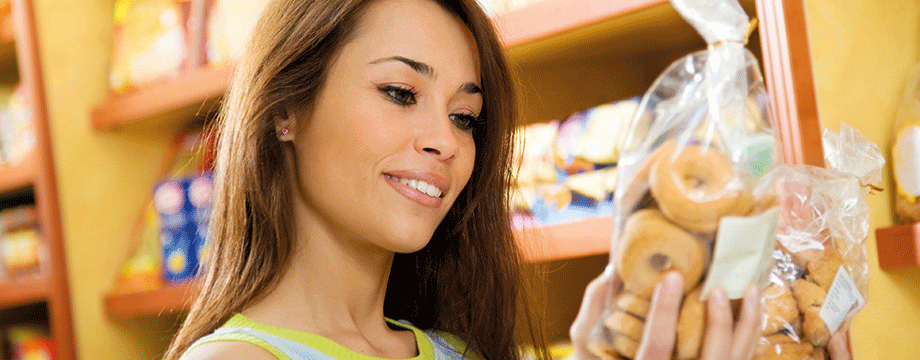Fuelling your day

Just why do carbohydrates have such a bad name, and how can you make sure you choose good carbs over less healthy versions?
“In the media carbohydrates have been given a bad name, but along with protein and fat they are a vital component in our diet,” says Lucy Kerr from The Good Earth in Kilkenny. “They provide us with energy, but it is vital we eat the right type of carbohydrates for our body.”
“Most carbohydrates in processed foods and food products are refined, meaning they have been stripped of most of their fibre and nutrition,” says Gerald Colfer from Only Natural in Wexford town. “Carbs get converted to glucose in the body, and it is now well-known that excess glucose is stored in the body and converted to fat. So, contrary to previous beliefs, it is possible to gain fat on a low-fat, high carb diet.”
Good carb vs bad carb
“Bad carbs are refined - they have been processed and the majority of fibre and nutrition removed,” says Gerald Colfer. “Because of this they can be digested and converted to glucose quite quickly in the body. Grains tend to be refined so they can be stored for longer. Good carbs are less refined and processed grains or food (think potato with the skin on), retaining more fibre and nutrition. These take longer to digest and can help you feel more satisfied and fuller for longer.”
“Complex carbohydrates (good carbs) are broken down slowly by the body, giving us a slow release of energy and are a good source of fibre and nutrients; examples include oats, wholegrains, brown rice, legumes and vegetables,” says Lucy Kerr. “In contrast simple carbohydrates found in many processed foods give us no real nutrition and can cause our blood sugars to rise and fall, resulting in energy slumps and cravings.”
Making the change
“With so many options available it is easy for people to make the switch to include more good carbohydrates in their diet,” says Lucy Kerr. “Simple changes like eating wholegrain rice instead of white and choosing wholegrain bread instead of white processed bread are great ways to start.”
“I honestly don’t think it’s hard for people to change,” says Gerald Colfer. “Some simple changes can make all the difference – keep skin on potatoes, switch to wholegrain pasta and bread, brown rice and porridge instead of breakfast cereals. Wholegrain spelt pasta and spaghetti is my favourite plus brown basmati rice and traditional oats for porridge, especially with the addition of seeds such as flax and chia seeds. Wholemeal spelt and einkorn flours can be used pretty much like modern wheat flour, and it’s a lot easier to switch to gluten-free these days too.”
Cutting it out
“Carbohydrate avoidance is not necessary,” says Gerald Colfer. “Being careful with portion size is what matters. A typical meal should consist of one quarter unrefined carbs, one quarter protein and half fruit and vegetables.”
There are many diets now recommending people to reduce or cut out carbohydrates, but many of these are only short-term fixes,” says Lucy Kerr. “There is no need to cut out carbs if we are choosing unrefined nutritious versions that come from wholegrains.”
Older the better?
“Our most popular ancient grains are quinoa – gluten-free and a good carbohydrate complete protein; millet – gluten free and high in B vitamins and fibre; spelt – many people find it easier to digest than regular wheat,” says Lucy Kerr. “A healthy nutritious breakfast with quinoa flakes, almond milk and some fresh berries would give you a slow release of energy to keep you going until lunch time.”
“Quinoa, the ancient grain of the Aztecs, has become very popular, it’s actually a seed so it’s higher in protein and lower in carbs than a grain,” says Gerald Colfer. “People use it as a replacement for pasta or rice and also in granola bars and salads. It cooks in a similar way to rice so is very easy to use.”
More Rude Food articles...
Articles from our latest issue...